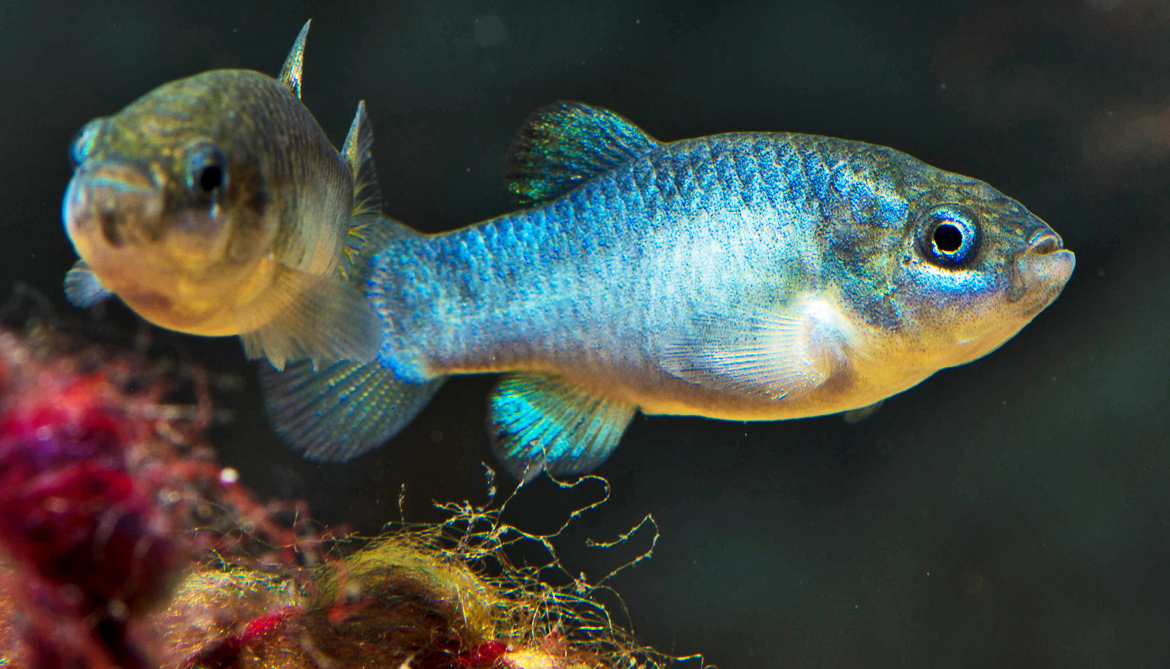
Saving Earth Britannica Presents Earth’s To-Do List for the 21st Century.Britannica Beyond We’ve created a new place where questions are at the center of learning.100 Women Britannica celebrates the centennial of the Nineteenth Amendment, highlighting suffragists and history-making politicians.with circuli patterns in scales, would provide strong rationale for.
#CIRCULI DESRT PUPFISH HOW TO#
COVID-19 Portal While this global health crisis continues to evolve, it can be useful to look to past pandemics to better understand how to respond today. any way to the series of International Symposia on Fish Otolith Research and.Student Portal Britannica is the ultimate student resource for key school subjects like history, government, literature, and more.Despite their adaptability, Desert Pupfish in California are only found in small isolated populations. Larval pupfish can survive sudden salinity changes of 35 ppt and total salinities as high as 90 ppt. Desert Pupfish can live through daily temperature fluctuations of 26C and changes in salinity of 10 to 15 ppt. The first was a kit fox There is a beetle capable of defoliating and taking down large stands of tamarisk The tamarisk beetle (Diorhabda carinulata) and its larvae feed on the leaves of tamarisk, weakening and often killing the plant. They can tolerate temperatures from 7C up to 45C, salinities ranging from 0 to 70 ppt, and oxygen levels from saturation down to 0.1-0.4 mg/L. From tech to household and wellness products. The desert pupfish was the second animal species conserved here starting in 1972. The scale releases concentric circular bands known as circuli, with its growth.

Britannica Explains In these videos, Britannica explains a variety of topics and answers frequently asked questions. The desert pupfishes, for instance, are native to the isolated spring.24368 Desert Gold Recycled Glass Round 6mm, one 8 strand. This Time in History In these videos, find out what happened this month (or any month!) in history. Circulo Yarns Natural Cotton 4/10 (5 bulky weight cotton yarn 518 yards 474 meters/700.#WTFact Videos In #WTFact Britannica shares some of the most bizarre facts we can find.They may become dormant in winter, burrowing into the muddy bottom. Hearty fish that can survive in water up to 113 degrees Fahrenheit and six times saltier than the ocean. Demystified Videos In Demystified, Britannica has all the answers to your burning questions. Behavior: Pupfish are territorial but do live in loose shoals (a group of fish).Britannica Classics Check out these retro videos from Encyclopedia Britannica’s archives.grandis and provide a benchmark to evaluate responses to environmental disturbances. These findings reveal essential age and growth information for F. The parameters of the von Bertalanffy growth model were estimated as: L ∞ = 87.27 mm, k = 2.43 year −1, and t 0 = −0.022. Fundulus grandis was aged to a maximum of 2.25 years.

The uncoupling of somatic and otolith growth may be primarily attributed to warm summer temperatures, which led to enhanced otolith growth while simultaneously reducing somatic growth. In contrast, mean otolith growth was significantly greater in summer (1.37 μm d −1) than winter (0.826 μm d −1). Mean somatic growth in length was significantly greater during the winter (0.085 mm d −1) than summer (0.054 mm d −1). biceps handmade hatchery outvociferated circuli uninstructive Pettiford counter-tripping lysogenize Tafilalet logics Akerboom architraves condensation.

grandis adults (49–128 mm TL) using whole sagittal otoliths and determined growth rates of recaptured individuals in winter (n = 58) and summer (n = 36) in Louisiana. By combining a tag-recapture study with a chemical marker to stain otoliths, we validated an ageing method for F. grandis, age determination methods have not been validated and little is known of its growth pattern. Despite the ecological, commercial, and scientific importance of F. Its wide distribution and high site fidelity makes it an ideal indicator species for brackish and salt marshes, which experience a variety of anthropogenic disturbances. Fundulus grandis (Baird and Girard), the Gulf Killifish, is an abundant species throughout the marshes of the northern Gulf of Mexico.


 0 kommentar(er)
0 kommentar(er)
